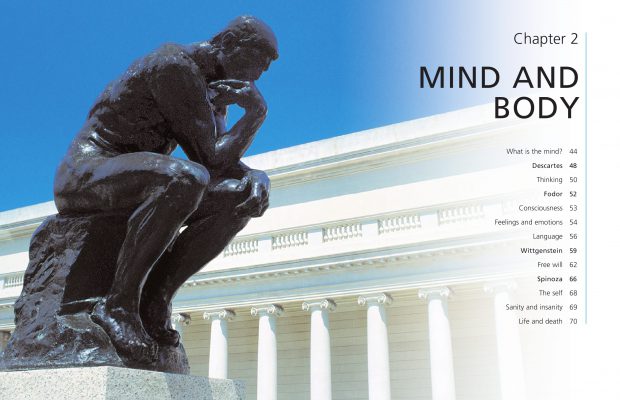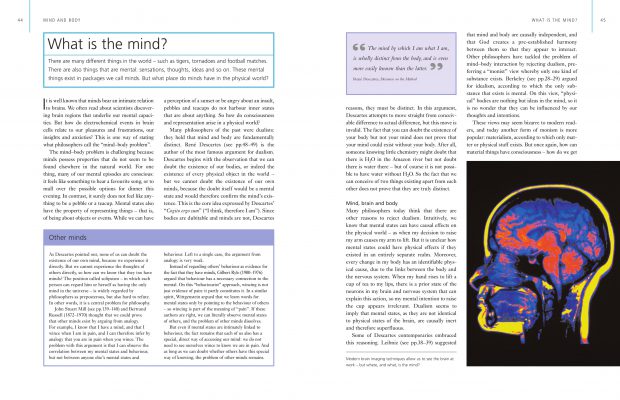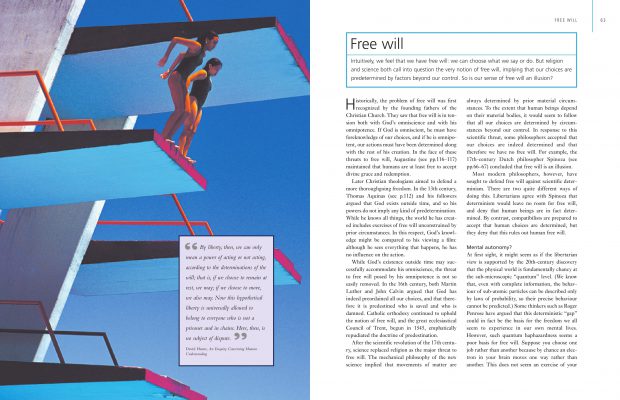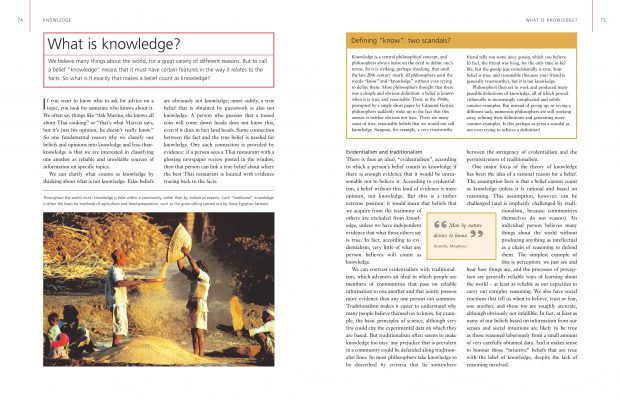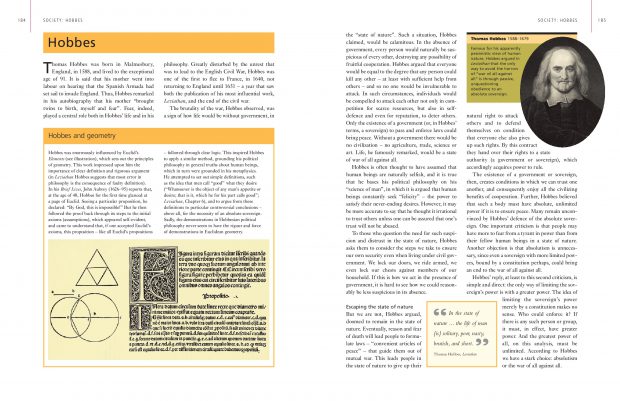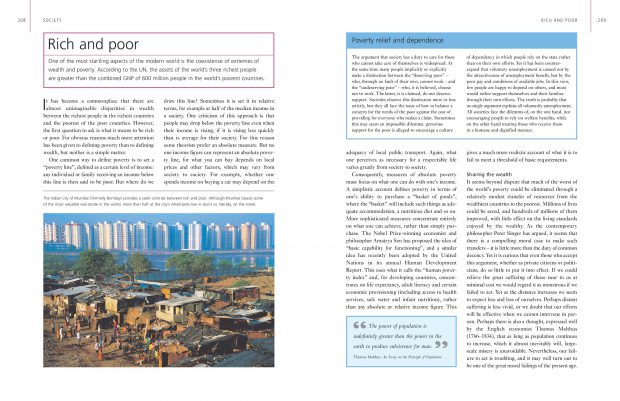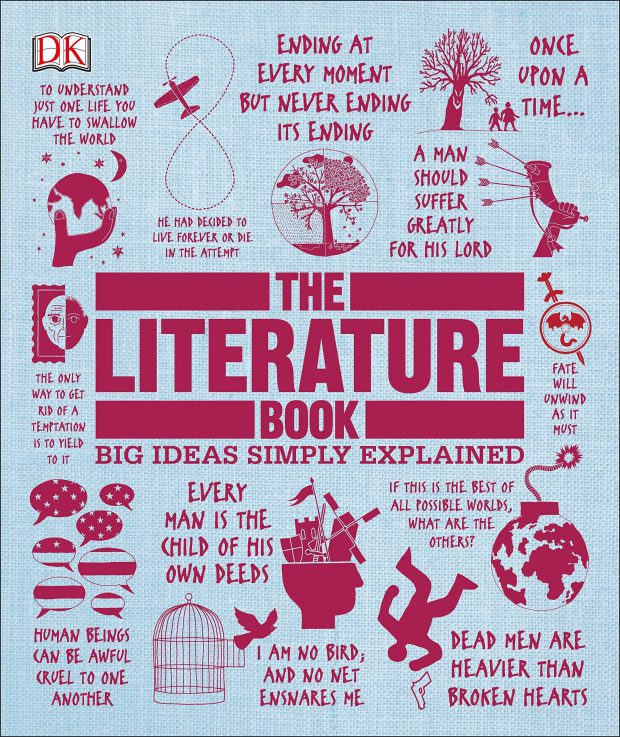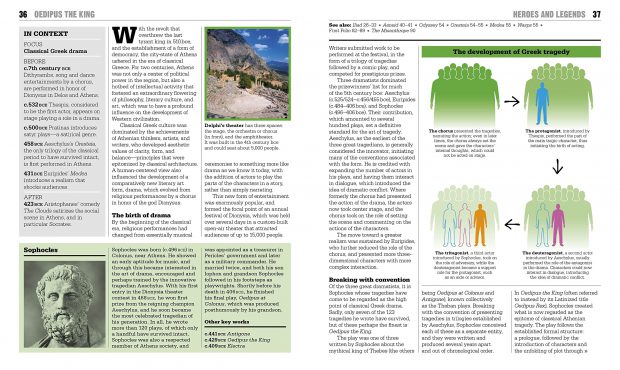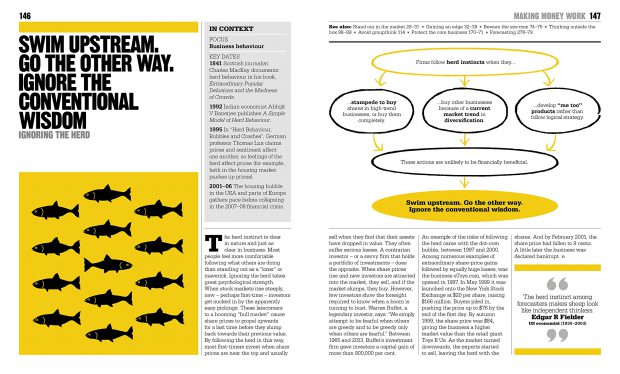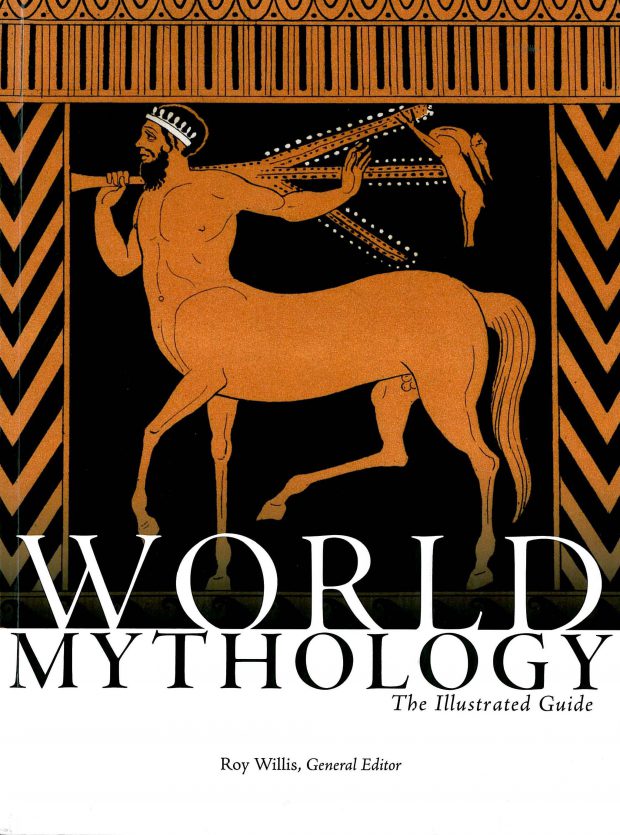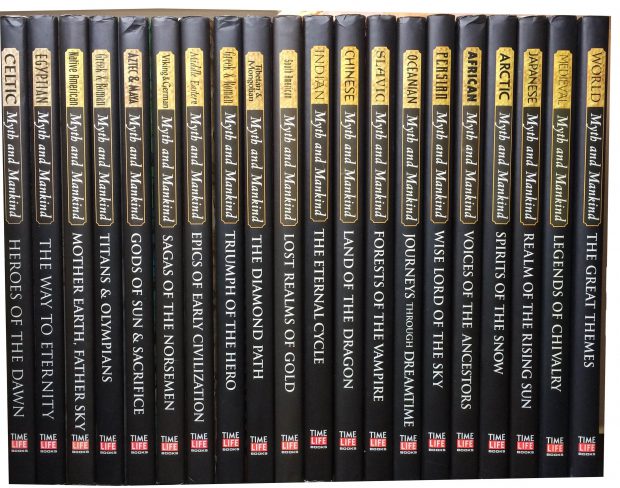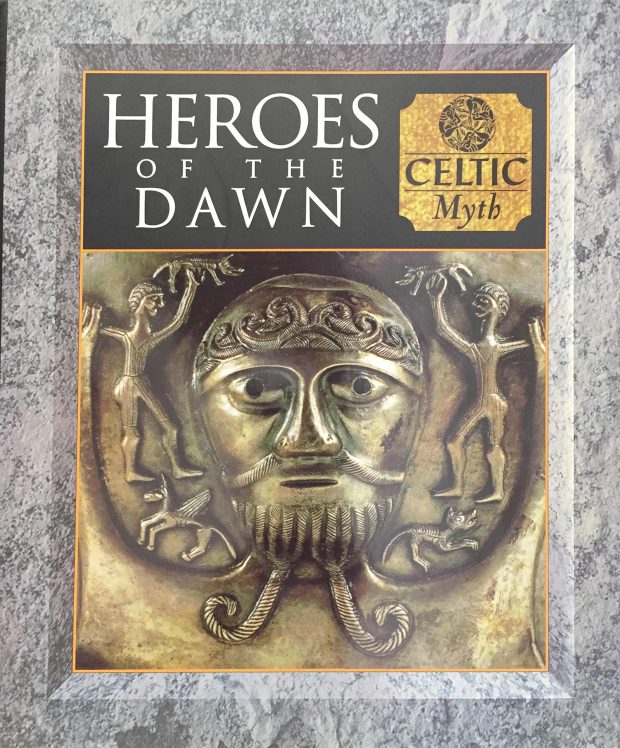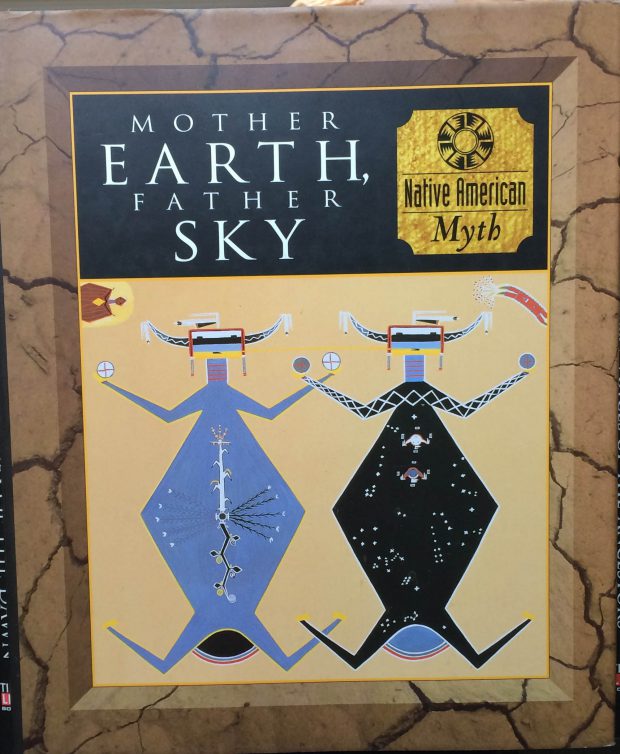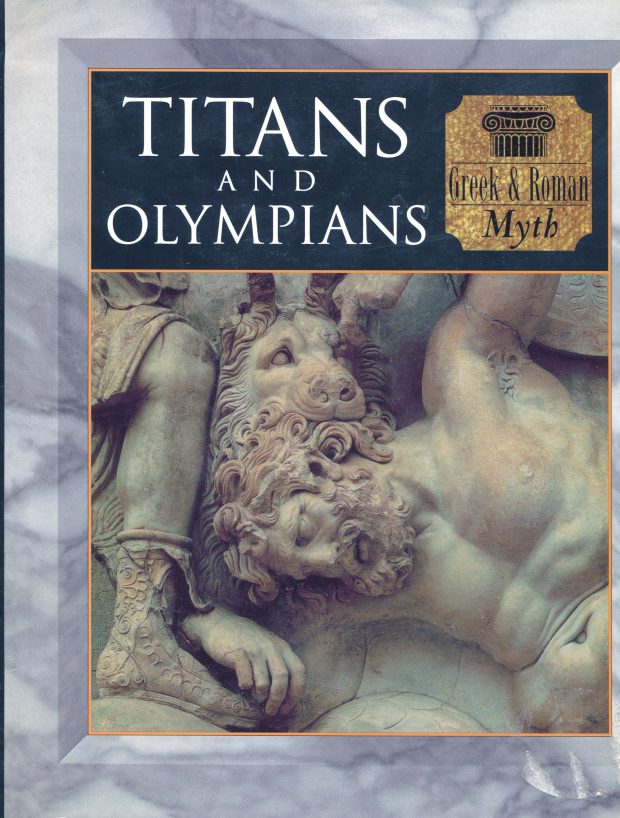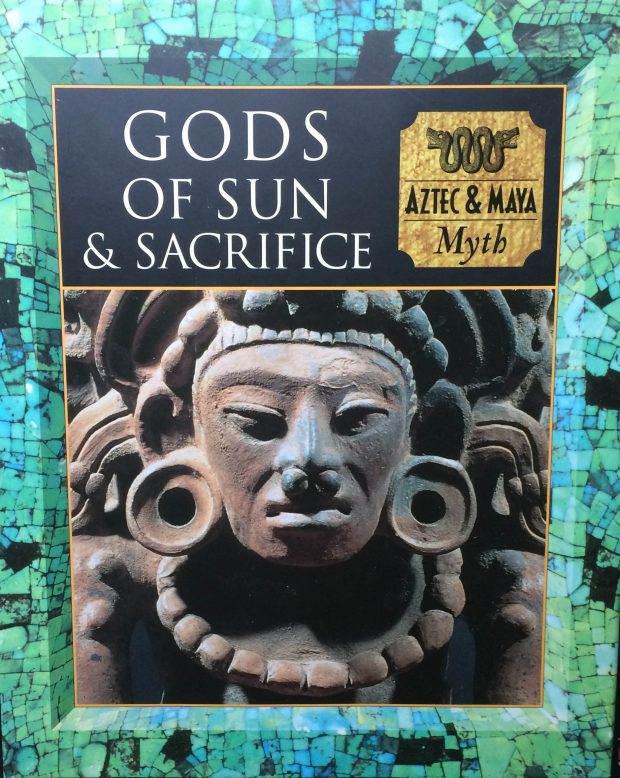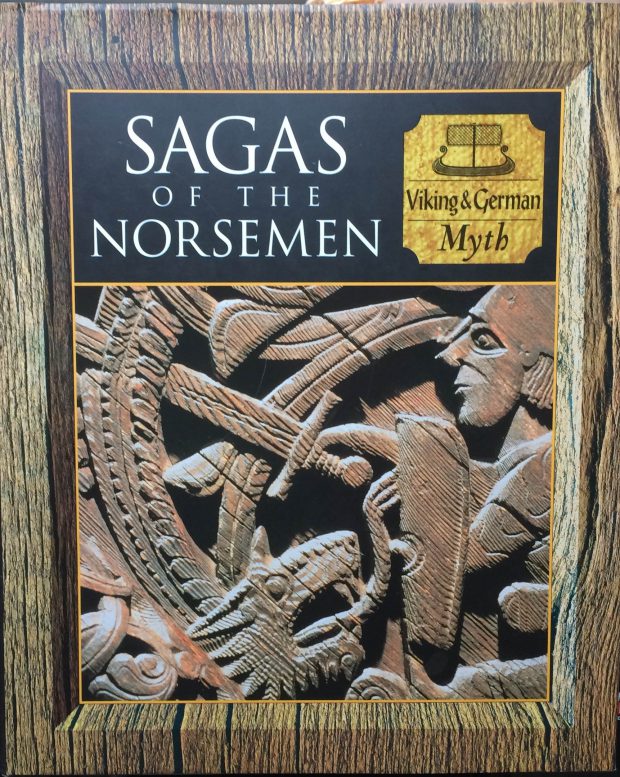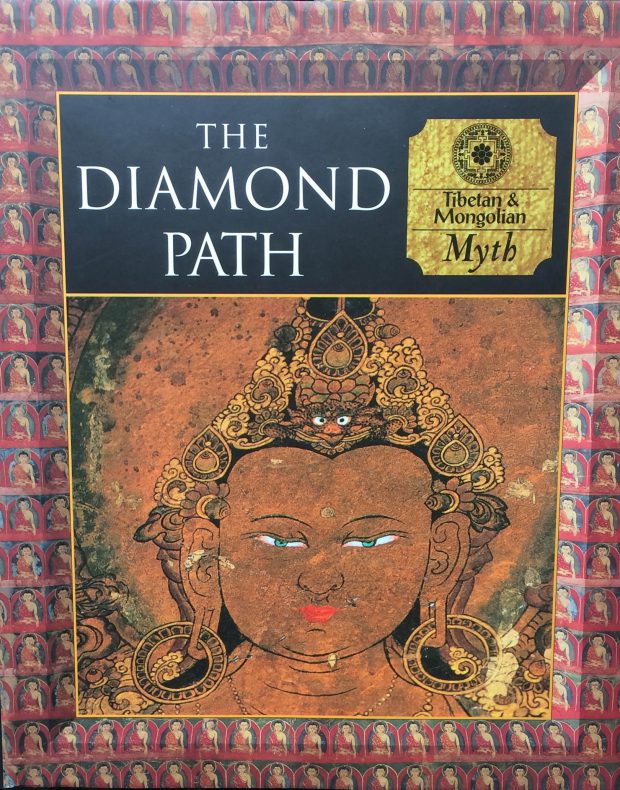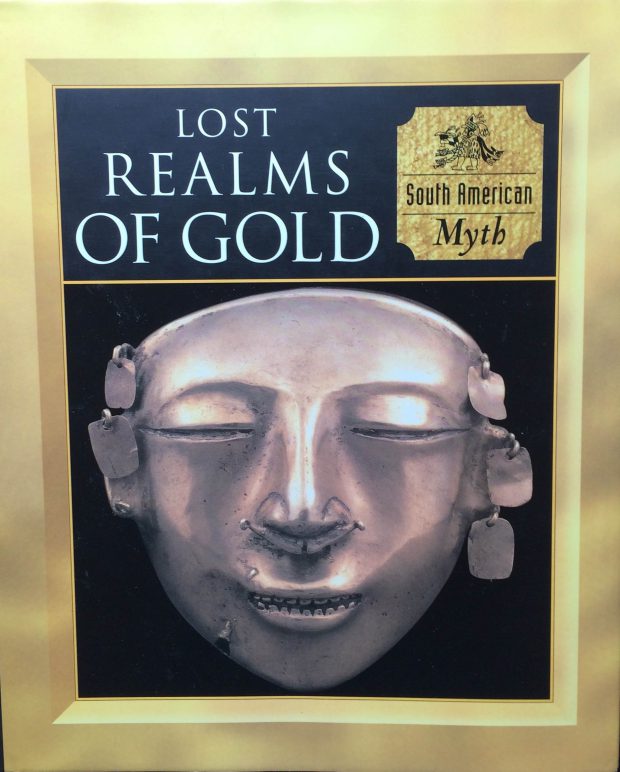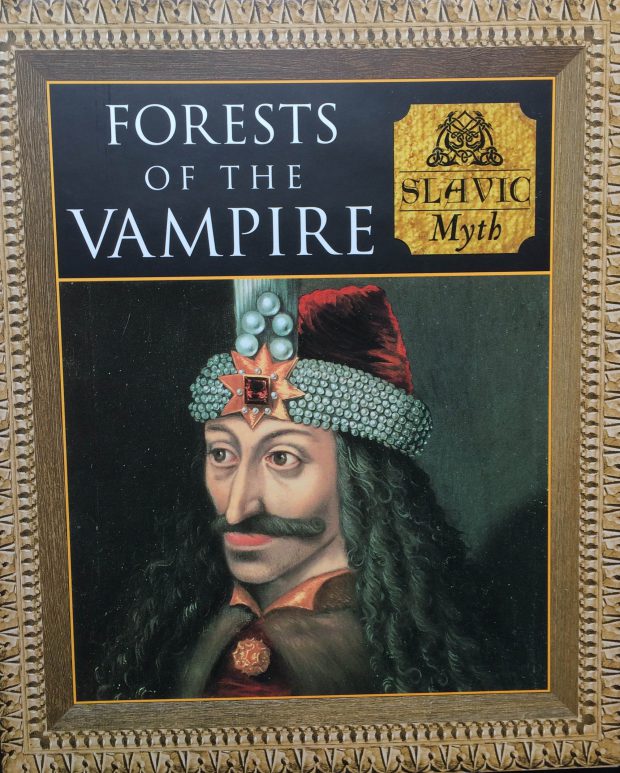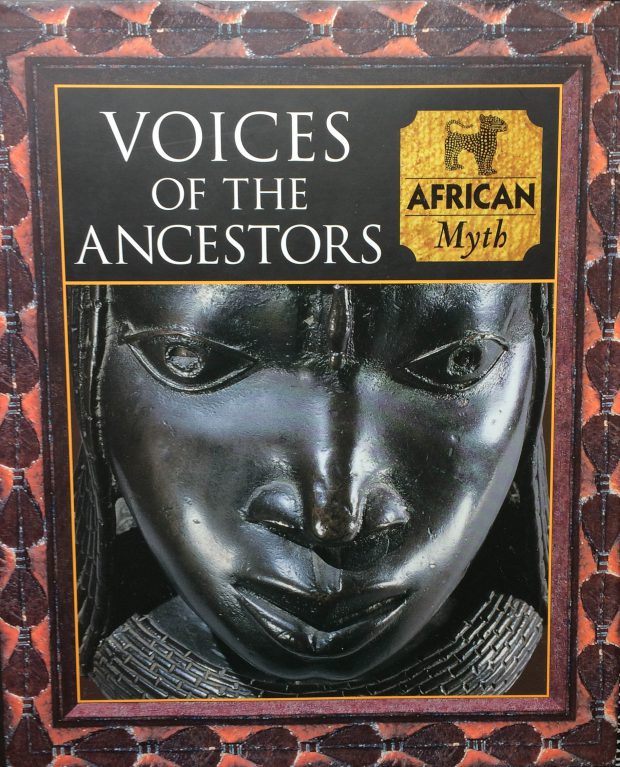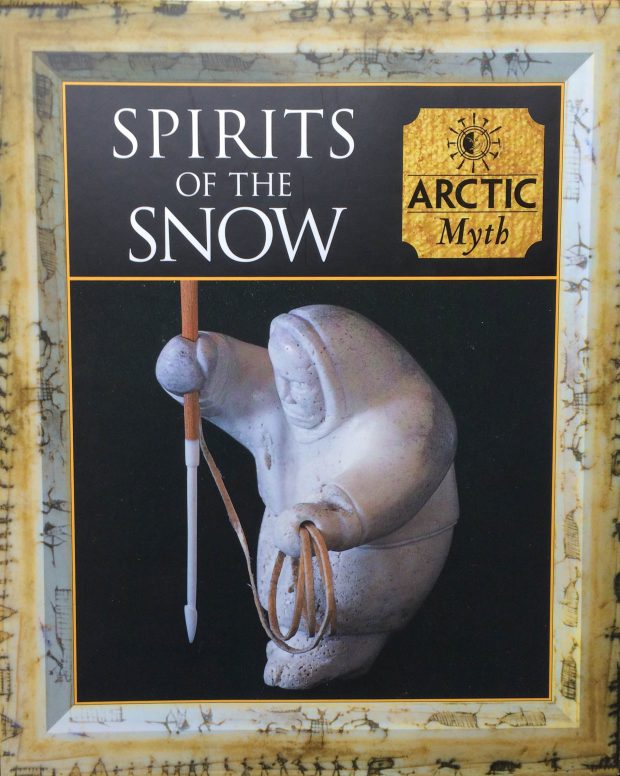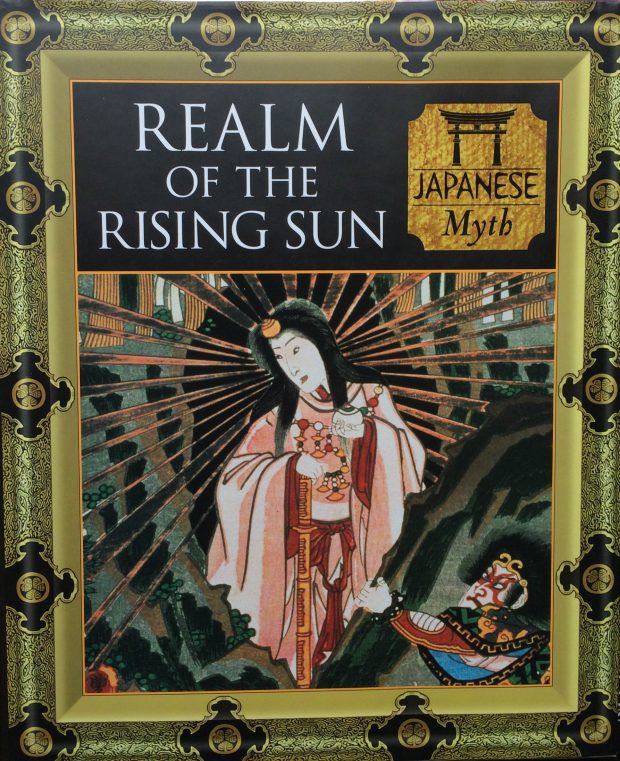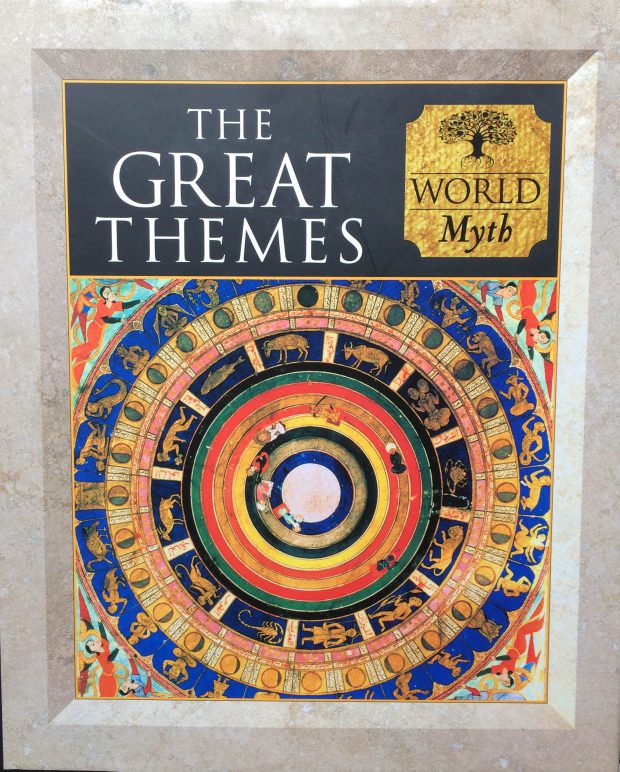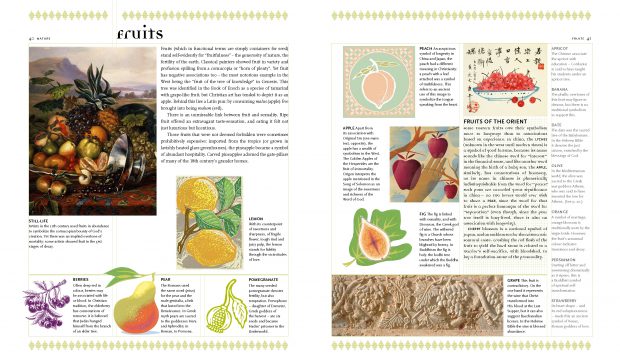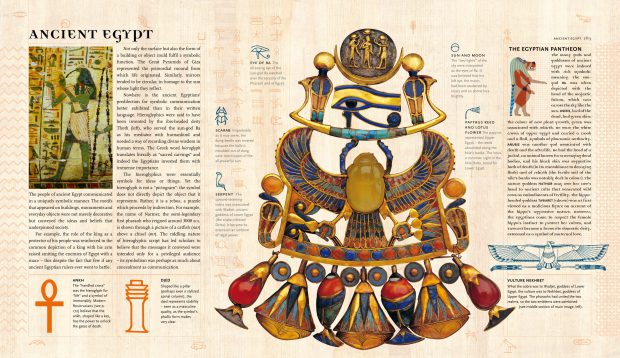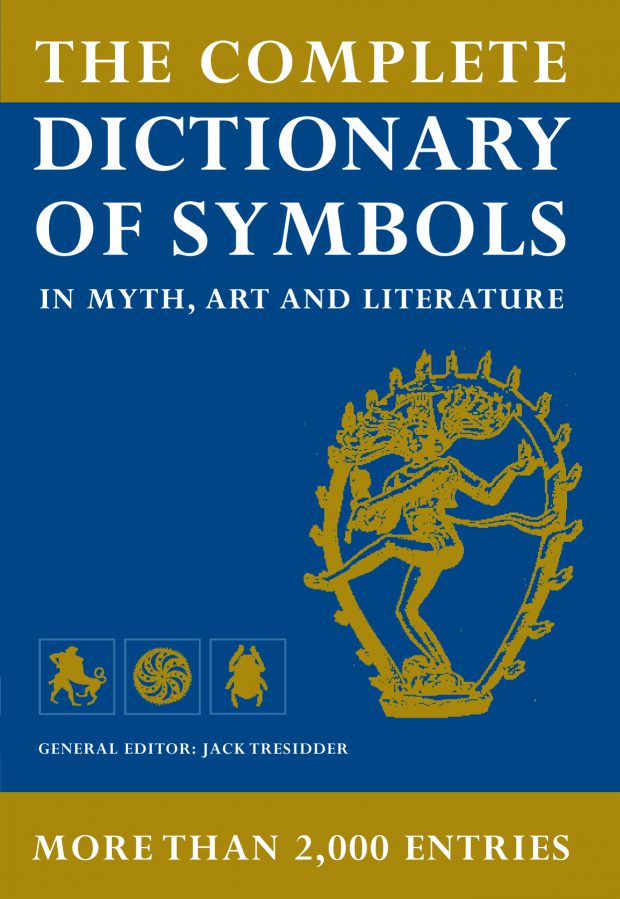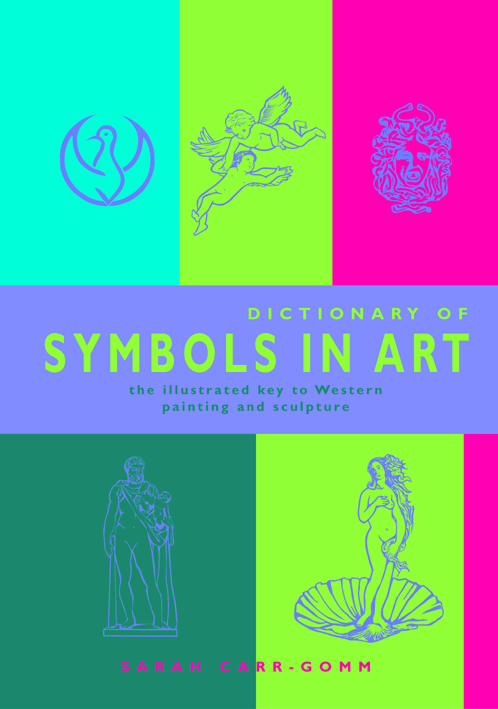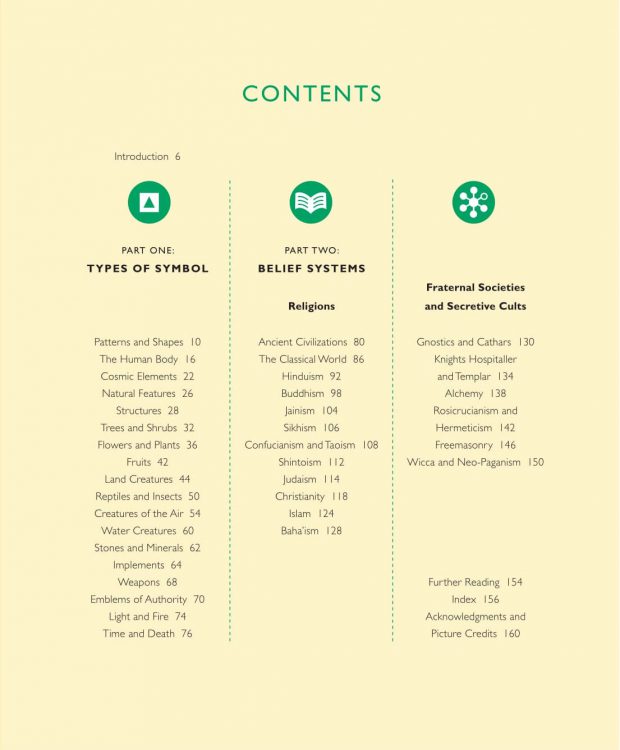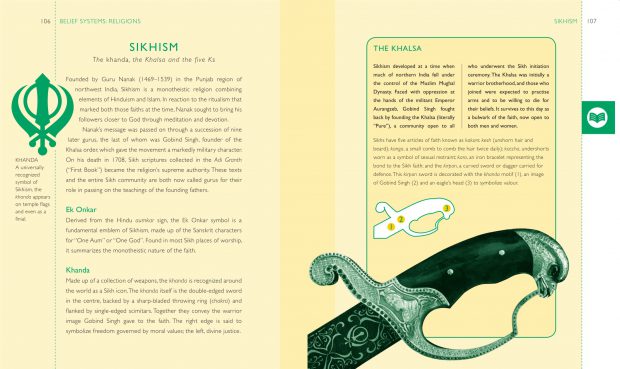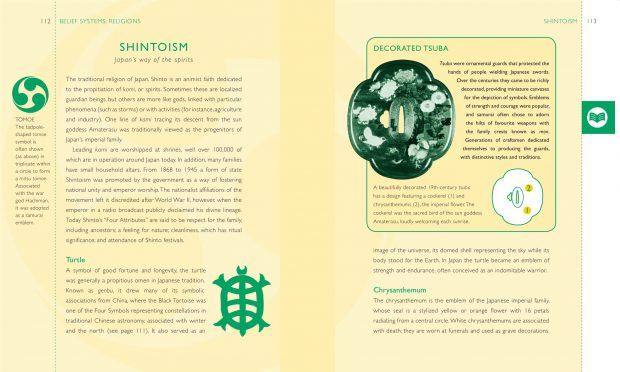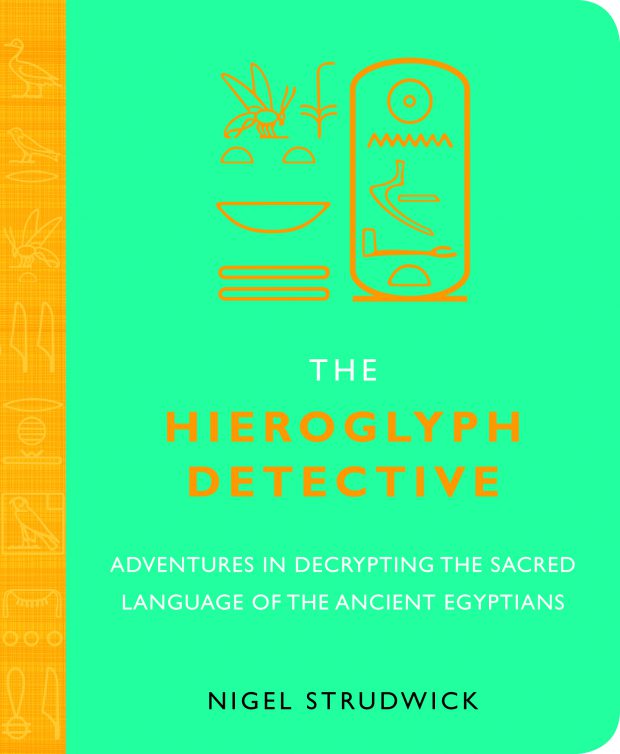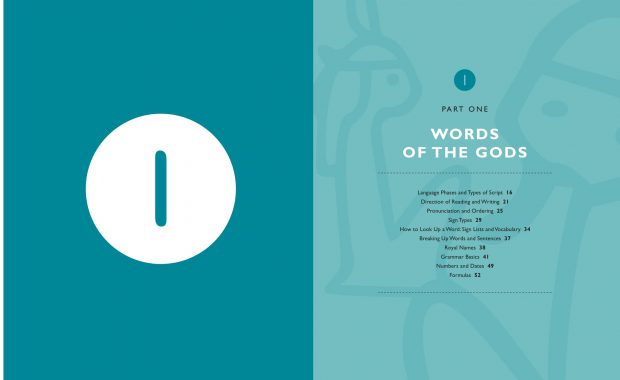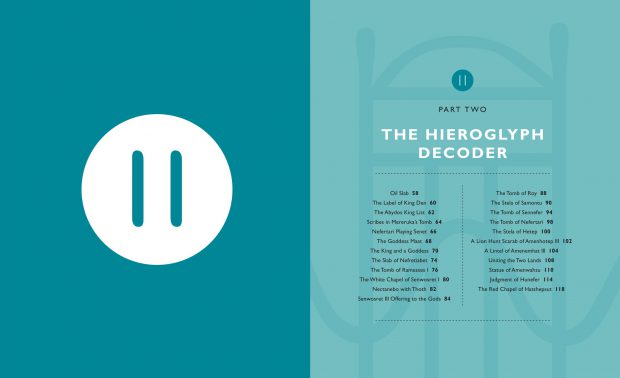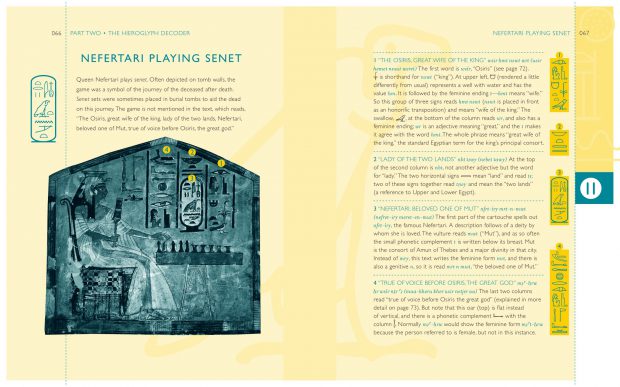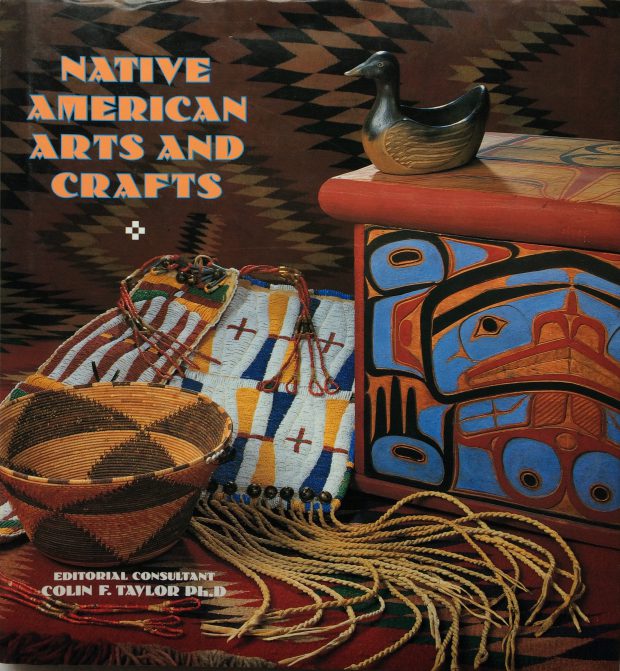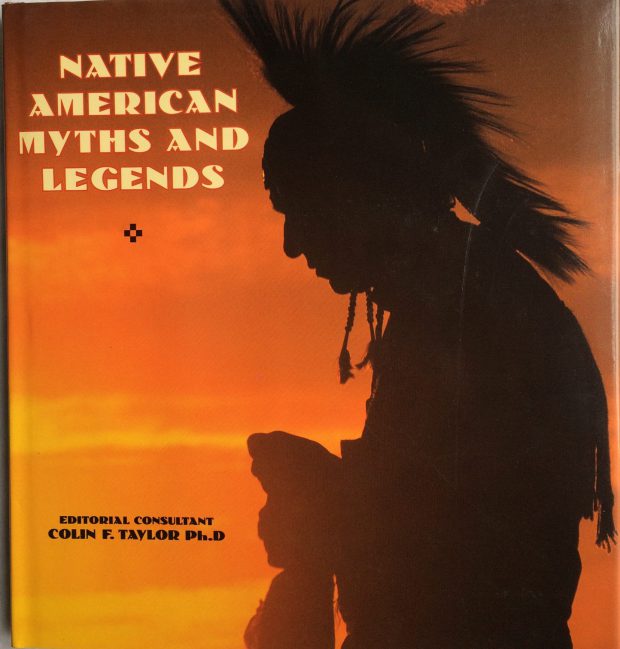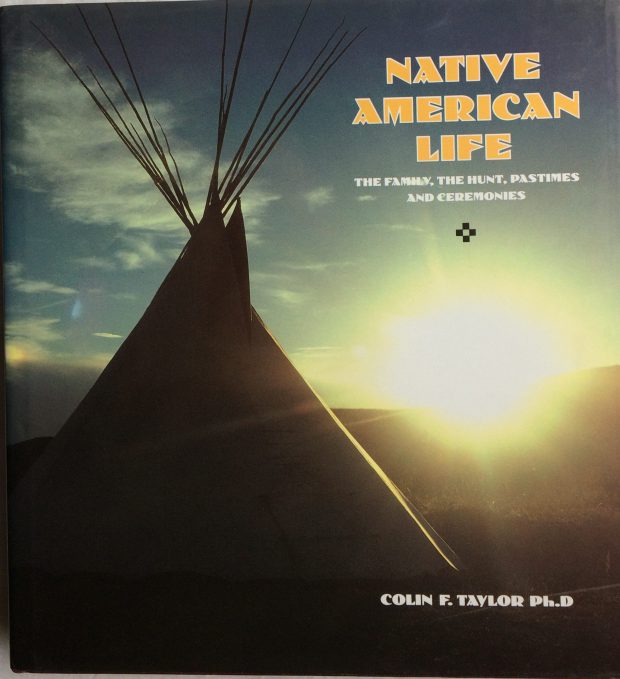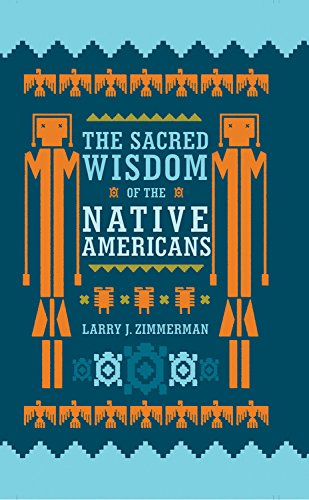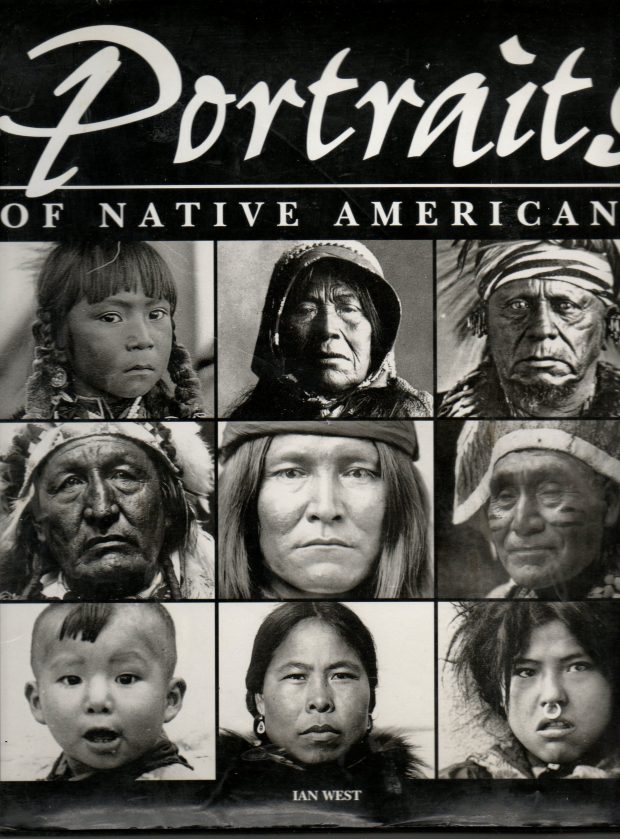Reviews
“…Metropolis is a book intended for the general reader: map historians and collectors are unlikely to find anything new here. What readers do get is context: almost a potted history of the rise of larger cities. It is also a book where the accent is more on the 217 illustrations than on the text: the extended captions can indeed be read as an alternative narrative. … [It] is commendably wide ranging, both geographically and temporally … Some of the maps … are well-known ‘set pieces’, but there are many others where, even if the city is familiar, the map is not. … A book such as this must stand or fall by its illustrations and general design. The quality of reproduction is generally excellent, and it is worth having a lens to hand to study fine details. … All in all, Metropolis is recommended as an excellent selection of city-maps that is worth having as a picture-source.”
Metropolis: Mapping the City Richard Oliver in IMCS (International Map Collectors' Society)
“A beautiful collection of maps, showing how we have drawn cities.”
Daily Telegraph: 100 books for Christmas
“It is rare that a book manages to be both a great work of scholarship and a beautiful object.”
The New Criterion
“…generously fulfills any urbanologist’s fantasy.”
New York Times
“Recommended. All levels/libraries.”
CHOICE Magazine
“A cartographic feast. Delicious. If you’ve ever wondered why cities work, you’ll find the answer in this beautiful book.”
Geographical
Metropolis: Mapping the City
“With her book… Marjo T. Nurminen seeks to understand the world view passed on by world maps. Key questions of the book include: What do maps tell us of ourselves? What do they say of our history, our culture, our attitudes and ideas? How did European maps change and evolve in a one-thousand-year period? For what purposes were world maps manufactured, who made them, for whom were they made and how? The book provides an experience that is both informative and aesthetic. It is an excellent handbook for map enthusiasts, historians, and the Finnish public at large.”
The Mapmakers’ World: A Cultural History of the European World Map Society of the Friends of History awards committee, Finland
“Marjo Nurminen’s history of European world maps … [discusses] about 300 maps – 200 of them illustrated – in solidly scholarly but easily approachable text ranging from technical descriptions of projections and printing techniques to vignettes of sailors, cosmographers and merchants, each pursuing personal goals that become part of a larger story. The focus on a usually overlooked area of mapping means that [in] … coverage and ambition … the closest comparison is probably with … the magisterial History of Cartography that Brian Harley (1932–1991) and David Woodward (1942–2004) edited for the University of Chicago Press from 1987 until their deaths…. The scholarship and coverage of the Chicago volumes are unimpeachable, but while they are made up of a series of thematic essays and mostly monochrome images, The Mapmaker’s World has a single narrative thread and is illustrated in beautifully pin-sharp colour throughout. The book’s production values as a whole are exceptional.”
The Mapmaker’s World: A Cultural History of the European World Map Times Literary Supplement
“Black’s ambitious text gives us a short global history not only of city mapping but also of the development of cities themselves, from the focal points of power for rulers to the great metropolises in which now, for the first time in history, most of humanity lives. All the many aspects of this essay in human geography, from economics and imperialism to mathematics and environmentalism, are touched on in the author’s easygoing style. Most impressive are the well-informed captions, which show a wealth of background knowledge even when the map is in Chinese or Russian. In colour throughout, the maps are as sharply reproduced as the originals will allow, and of such global variety that even readers who are familiar with the subject will discover many treasures here for the first time.”
Metropolis: Mapping the City Times Literary Supplement
“By 2050, two-thirds of the world’s population is expected to be urban. Cities have never been as popular or as ambitious. But these cultural blenders, these laboratories of high-density living, are difficult to comprehend. So Jeremy Black’s latest cartographic feast, packed with 217 exquisite maps and views, turns up with delicious punctuality. The aim is to explore through time the visualisation of cities… A constant theme is the quest to recognise form, or some kind of rational structure, in these gigantic human agglomerations. … Cities are artificial constructs on a vast scale, and it takes a strong-willed mapmaker not to respond. Metropolis is a graphic advert for nucleation. If you’ve ever wondered why cities work, you’ll find the answer in this beautiful book.”
Metropolis: Mapping the City Nicholas Crane in Geographical
“Jeremy Black’s Metropolis: Mapping the City examines how maps of urban spaces came to be, from incised roads on Mesopotamian clay tablets to the pixels of Google Earth. Mr. Black is such an interesting historian that an expanded text would have been welcome, but it is impossible to imagine losing any one of the unusual and extraordinary images he has found. Tinsel rating: 10/10.”
Metropolis: Mapping the City Wall Street Journal
“Philosophy has six sections – World, Mind and Body, Knowledge, Faith, Ethics and Aesthetics, and Society – and every one is written by a professor in the field. It is printed on thick, luxury-quality paper and lavishly illustrated… It is a thing of beauty and a joy forever. … For general readers, it’s an enjoyable, accessible and very clearly written introduction to the basics of philosophy.”
Independent on Sunday
“A daunting subject? Perhaps, but no browser will be able to resist the stunning design here: gorgeous full-color photos, many text boxes, and concise captions that inform and interest. These and the lucid writing, with multiple examples and illuminating analogies, will engage readers and provoke them into thought before they know it…. This work is both accessible and challenging: the lexicon is demanding, and the ideas will provide mental exercise for all readers…. This most-attractive volume makes its discipline irresistible.”
School Library Journal (starred review)
Philosophy: The Illustrated Guide to Understanding and Using Philosophy Today
“It’s hard to resist…. This compelling treatment of a difficult subject will provide readers with hours of stimulation.”
School Library Journal Curriculum Connections
“Lavishly illustrated with color photographs on approximately every other page, this is a handsome volume…. This beautifully done resource will serve as a useful introduction to major philosophical issues.”
Choice
“The authors do a superb job of presenting their material…. Written by scholars for an educated audience, this volume offers a solid introduction to the questions and methods of philosophy in the Western tradition, complete with a detailed index and a first-rate bibliography worthy of a university press.”
Virginian Pilot
Philosophy: The Illustrated Guide to Understanding and Using Philosophy Today




